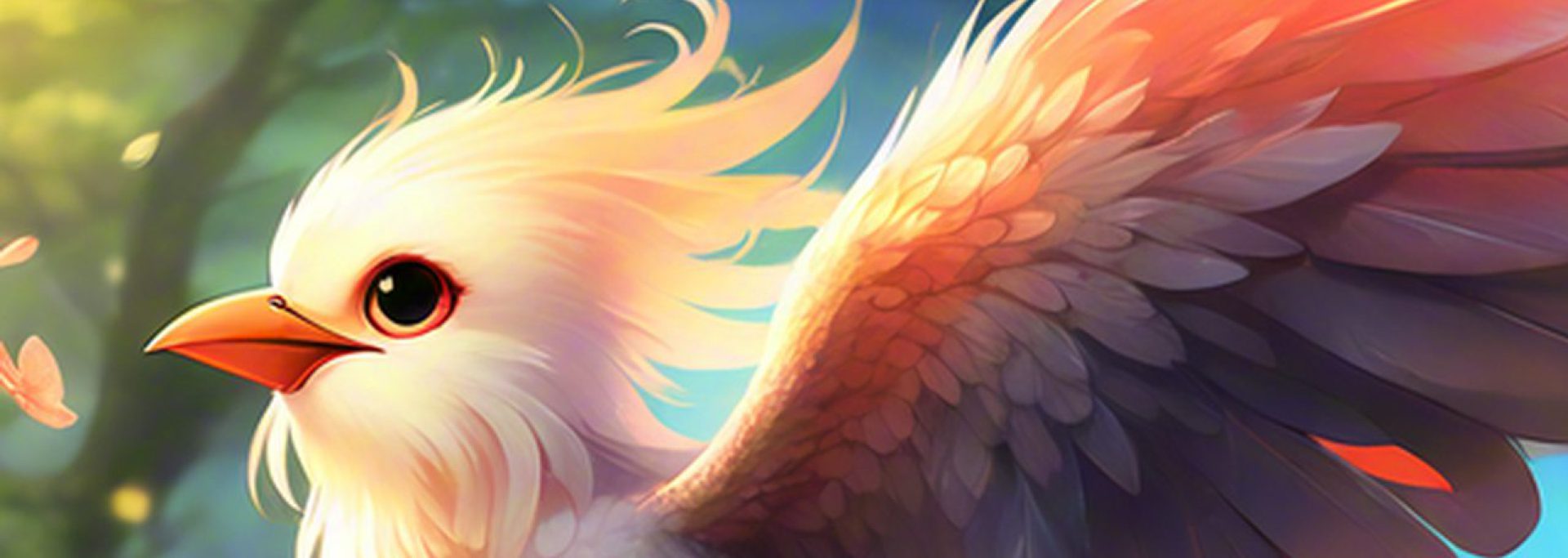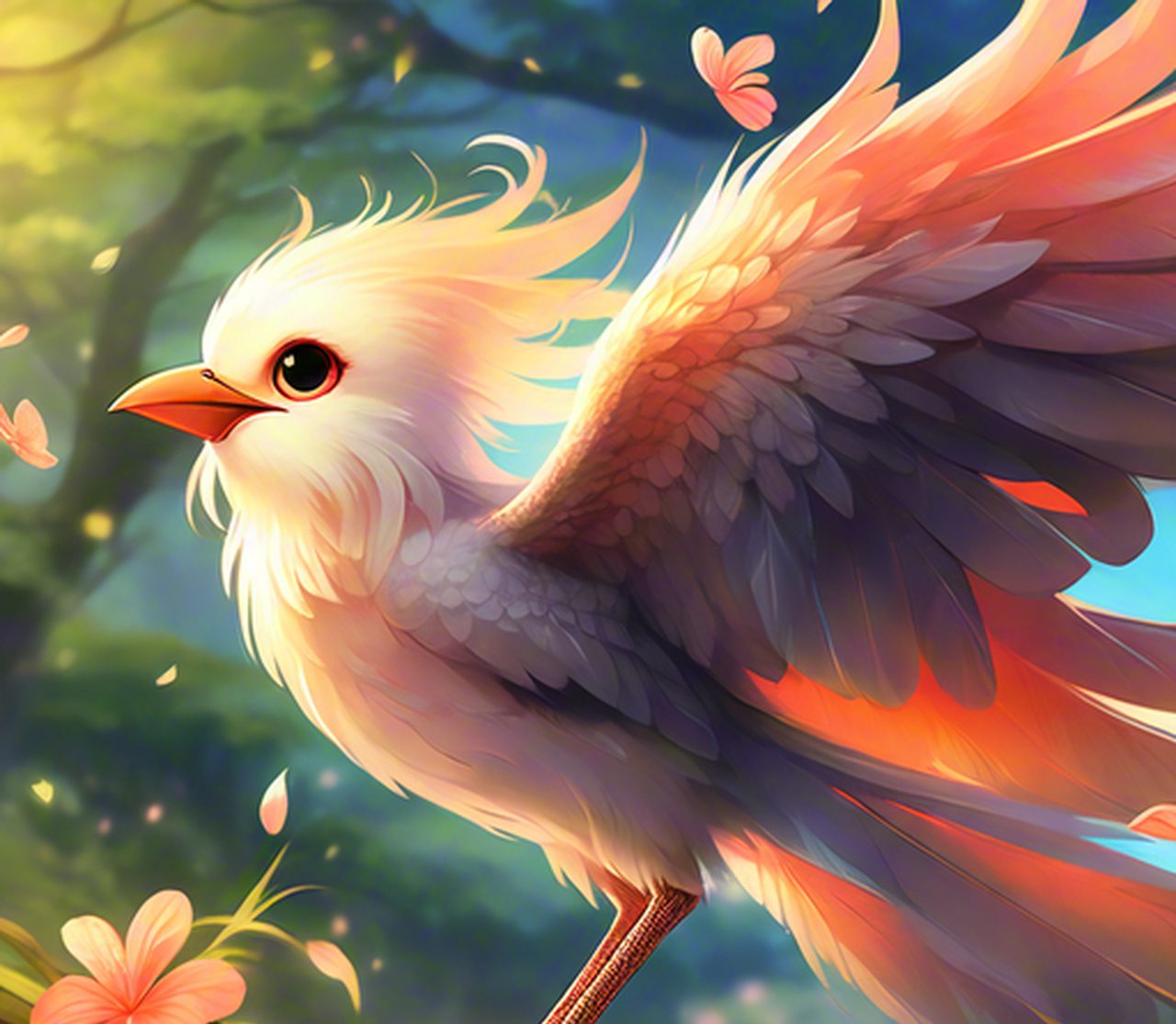Nixon’s Visit to China: Diplomacy – A Journey to the East (and a Diplomatic Earthquake 🌍)
(Professor Quirky, Ph.D., Diplomatic Shenanigans, stands at the podium, adjusting his oversized glasses. He’s wearing a tie with little pandas on it. 🐼)
Alright, settle down, settle down, future diplomats and world-shakers! Today, we’re diving headfirst into one of the most audacious, improbable, and frankly, weird diplomatic moves of the 20th century: Richard Nixon’s visit to China in 1972. This wasn’t just a trip; it was a tectonic plate shift in global politics! Think of it as the diplomatic equivalent of Elvis suddenly joining the Beatles. 🤯
Forget everything you think you know about Cold War certainties for a moment. We’re about to unravel a story of secret meetings, backchannel communications, and a level of political jujitsu that would make even a Shaolin monk jealous. 🥋
Lecture Outline: The Great Leap Forward… in Diplomacy!
-
The Cold War Standoff: A World Divided (and Feeling Awkward) 🥶
- The players: US vs. USSR, and China… hanging out awkwardly in the corner.
- The ideological beef: Capitalism vs. Communism (and the whole "world revolution" thing).
- The Vietnam War: The elephant in the room (or, you know, the jungle).
-
Why China? The Motivations Behind the Madness 🤔
- Nixon’s Grand Strategy: Playing the "China Card" to pressure the USSR.
- China’s Perspective: Seeking international recognition and a counterweight to Soviet influence.
- The Sino-Soviet Split: A communist family feud that created a surprising opportunity.
-
The Secret Squirrel Diplomacy: Operation Marco Polo 🕵️♂️
- The role of Pakistan: The unlikely middleman.
- Henry Kissinger’s clandestine trips: Think Mission Impossible, but with more briefing papers.
- Breaking the ice: Little steps, giant leaps.
-
The Visit Itself: Shaking Hands with the Dragon 🤝🐉
- The choreography: Every gesture, every word, carefully planned.
- The Shanghai Communiqué: A masterpiece of ambiguity and mutual understanding.
- The cultural exchange: Ping pong diplomacy and the panda frenzy! 🏓🐼
-
The Aftershocks: A New World Order (Sort Of) 🌍💥
- Détente with the Soviet Union: The domino effect.
- The normalization of US-China relations: From enemies to frenemies.
- The long-term consequences: A world still grappling with the legacy of Nixon’s visit.
1. The Cold War Standoff: A World Divided (and Feeling Awkward) 🥶
Imagine a school dance in the 1960s. On one side, you have the cool kids, led by the United States, rockin’ to capitalism and consumerism. On the other side, you have the, shall we say, serious kids, led by the Soviet Union, preaching the gospel of communism. And then there’s China, awkwardly standing near the punch bowl, wondering if anyone’s going to ask them to dance. 🕺
The Cold War was a period of intense ideological rivalry between the US and the USSR. Each superpower sought to expand its sphere of influence, leading to proxy wars, arms races, and a constant threat of nuclear annihilation. Fun times! 🙄
Key Players:
| Player | Ideology | Goal | Notable Activities |
|---|---|---|---|
| United States | Capitalism | Contain communism & promote democracy | Korean War, Vietnam War, CIA shenanigans, space race |
| Soviet Union | Communism | Spread communism & challenge US power | Hungarian Uprising, Cuban Missile Crisis, arms race |
| China | Communism | National development & regional influence | Great Leap Forward, Cultural Revolution, border clashes with USSR |
The Vietnam War, of course, was the festering wound in the middle of all this. The US was deeply involved in supporting South Vietnam against the communist North, which was backed by both the USSR and, to a lesser extent, China. The war was a quagmire, dividing American society and straining relations with the rest of the world. It also highlighted the complex relationship between the three major powers.
2. Why China? The Motivations Behind the Madness 🤔
So, why on earth would Nixon, a staunch anti-communist, decide to cozy up to China? Was he suddenly a fan of Mao’s Little Red Book? (Spoiler alert: Probably not.)
The answer lies in the realm of grand strategy. Nixon, along with his brilliant (and sometimes Machiavellian) National Security Advisor, Henry Kissinger, believed that the key to dealing with the Soviet Union was to play the "China Card." By improving relations with China, they hoped to put pressure on the USSR, forcing them to be more cooperative in areas like arms control. Think of it as a diplomatic game of three-dimensional chess. ♟️
Nixon’s Motivations:
- Leverage against the USSR: China offered a potential ally in containing Soviet expansionism.
- Exit strategy from Vietnam: Improved relations with China could potentially lead to a negotiated settlement in Vietnam.
- Domestic politics: A diplomatic coup like this would be a huge boost to Nixon’s popularity.
From China’s perspective, the opening to the US was equally appealing. The Sino-Soviet split, which had been brewing since the late 1950s, had escalated into open hostility. There were even border clashes between the two communist giants! China felt increasingly isolated and threatened by the USSR. An alliance with the US, even an informal one, would provide a valuable counterweight to Soviet influence.
China’s Motivations:
- Counterbalance to Soviet power: The US offered a potential ally in containing Soviet expansionism.
- International recognition: Recognition by the US would greatly enhance China’s international standing.
- Economic benefits: Trade and investment from the US could help modernize China’s economy.
The Sino-Soviet Split: A Communist Catfight! 😾💥
The Sino-Soviet split was a major factor in the Nixon administration’s decision to pursue rapprochement with China. The two communist giants had fallen out over a number of issues, including ideology, leadership of the communist world, and territorial disputes. This created a unique opportunity for the US to exploit the rivalry and improve its own strategic position.
3. The Secret Squirrel Diplomacy: Operation Marco Polo 🕵️♂️
Getting Nixon to Beijing wasn’t exactly a walk in the park. It required a level of secrecy and subterfuge that would make James Bond proud. The key player in this clandestine operation was Pakistan, which had good relations with both the US and China. Pakistan served as a discreet intermediary, shuttling messages between Washington and Beijing.
But the real hero of this story is undoubtedly Henry Kissinger. In 1971, Kissinger made two secret trips to Beijing, disguised as trips to Pakistan. He met with Chinese Premier Zhou Enlai and laid the groundwork for Nixon’s visit. These were incredibly delicate negotiations, with both sides wary of revealing their true intentions. Think of it as a high-stakes poker game, where everyone’s trying to bluff their way to victory. 🃏
Key Moments in Secret Diplomacy:
- Pakistan’s Role: Provided a crucial channel for communication.
- Kissinger’s Secret Trips: Met with Zhou Enlai to discuss the possibility of a Nixon visit.
- Code Names & Disguises: Ensured the secrecy of the negotiations.
The atmosphere was thick with tension. Could these two old adversaries overcome decades of mistrust and ideological hostility? Could they find common ground, despite their vastly different worldviews? The fate of the world, or at least the balance of power, hung in the balance.
4. The Visit Itself: Shaking Hands with the Dragon 🤝🐉
Finally, in February 1972, Nixon arrived in Beijing. The world held its breath. This was a moment unlike anything anyone had ever seen. The President of the United States, the leader of the free world, shaking hands with Mao Zedong, the chairman of the Chinese Communist Party. It was surreal, historic, and just a little bit awkward. 😬
The visit was meticulously choreographed. Every gesture, every word, was carefully planned to convey the right message. Nixon met with Mao, visited the Great Wall, and attended banquets where he toasted Zhou Enlai with Moutai, a potent Chinese liquor. (One can only imagine the morning after!) 🥂
Key Events of the Visit:
- Meeting with Mao Zedong: A symbolic gesture of reconciliation.
- The Shanghai Communiqué: A joint statement outlining areas of agreement and disagreement.
- Cultural Exchange: Ping pong diplomacy and the exchange of gifts.
The centerpiece of the visit was the Shanghai Communiqué, a joint statement outlining the two countries’ views on a range of issues. The Communiqué was a masterpiece of ambiguity, allowing both sides to claim victory. The US acknowledged that Taiwan was part of China, but stopped short of endorsing Beijing’s claim to sovereignty over the island. China, in turn, agreed to peaceful coexistence with the US.
Ping Pong Diplomacy: A Sport That Changed the World! 🏓
Before Nixon’s visit, a seemingly insignificant event helped thaw the ice between the two countries. An American ping pong team was invited to China, and the visit generated a wave of positive publicity. Ping pong diplomacy showed that even small gestures can have a big impact on international relations. Who knew a little plastic ball could be so powerful?
5. The Aftershocks: A New World Order (Sort Of) 🌍💥
Nixon’s visit to China had a profound impact on global politics. It led to a period of détente with the Soviet Union, as the USSR realized that it could no longer take American hostility for granted. It also paved the way for the normalization of US-China relations, which transformed the global economic landscape.
Consequences of Nixon’s Visit:
- Détente with the Soviet Union: Reduced tensions and arms control agreements.
- Normalization of US-China Relations: Increased trade, investment, and cultural exchange.
- Shift in Global Power Balance: Rise of China as a major economic and political power.
However, the legacy of Nixon’s visit is not without its complexities. The US still faces challenges in its relationship with China, including trade imbalances, human rights concerns, and territorial disputes. And the question of Taiwan remains a potential flashpoint.
The Long-Term Impact:
Nixon’s visit to China was a watershed moment in the Cold War and a turning point in US-China relations. It demonstrated the power of diplomacy to overcome ideological divides and reshape the global order. But it also highlighted the challenges of managing a complex and evolving relationship with a rising superpower.
(Professor Quirky removes his panda tie and bows.)
So, there you have it! Nixon’s visit to China: a diplomatic gamble that paid off big time. It’s a reminder that in the world of international relations, sometimes you have to take risks, think outside the box, and maybe even learn to play ping pong. 🏓
Further Reading:
- "Kissinger" by Walter Isaacson
- "Nixon and Mao: The Week That Changed the World" by Margaret MacMillan
- "On China" by Henry Kissinger
Discussion Questions:
- Was Nixon’s visit to China morally justifiable, given his domestic policies and the human rights record of the Chinese Communist Party?
- How has the relationship between the US and China evolved since Nixon’s visit?
- What are the biggest challenges facing the US-China relationship today?
(Professor Quirky winks and exits the stage, leaving a trail of panda-shaped confetti.) 🐼🎉

